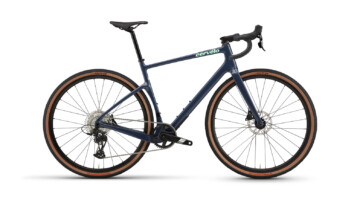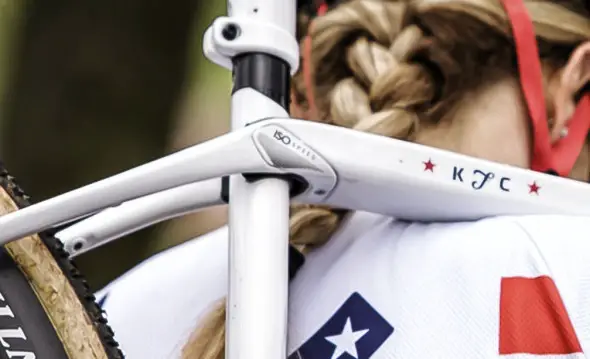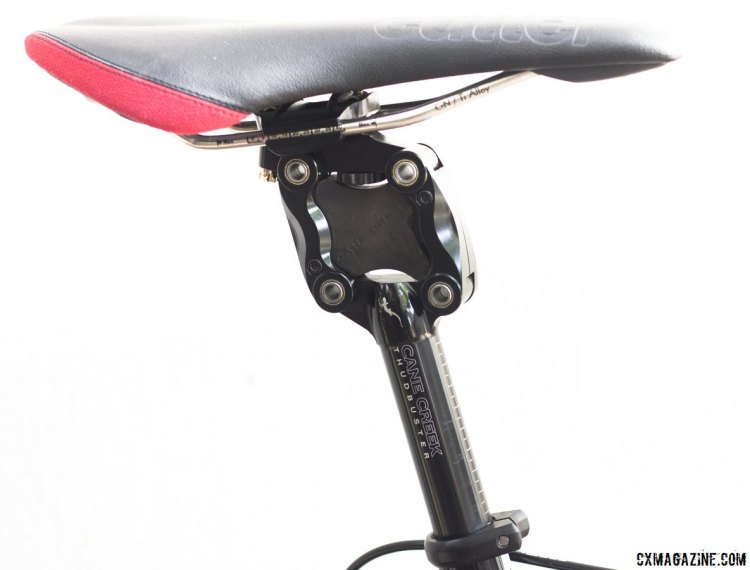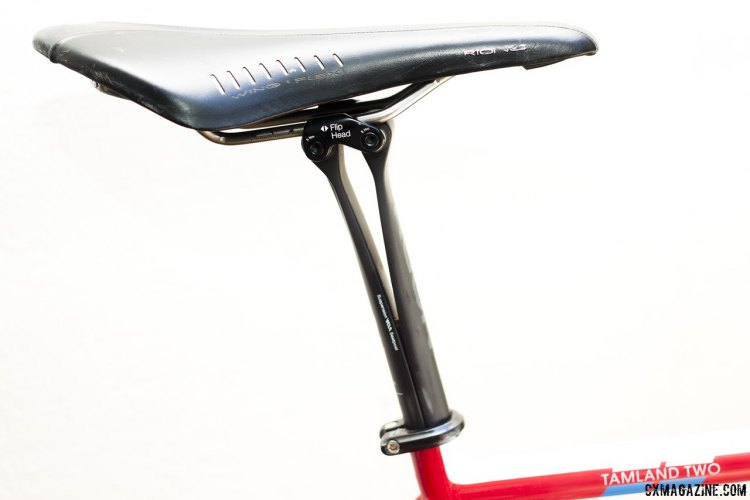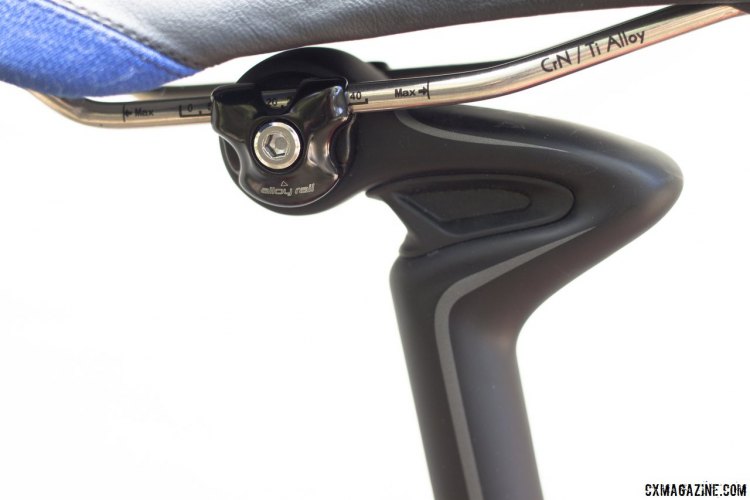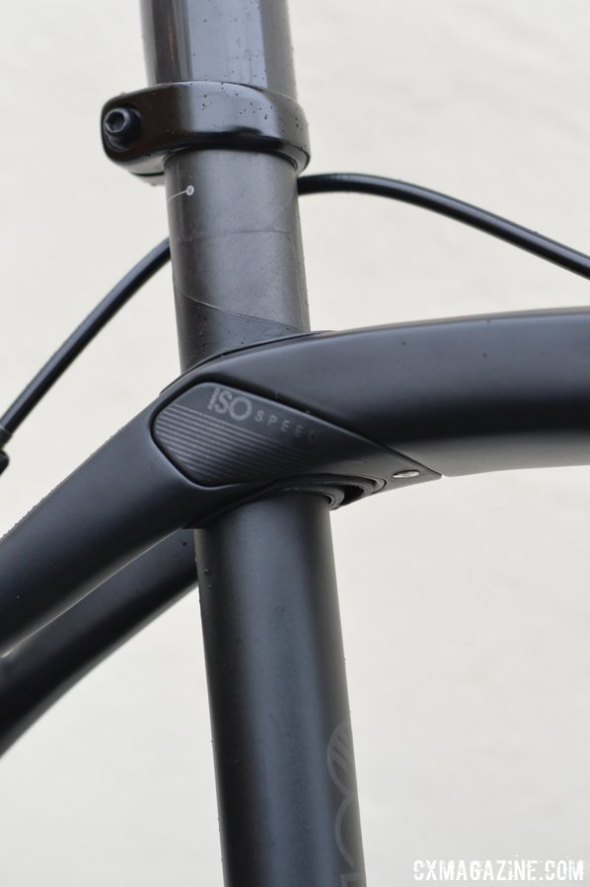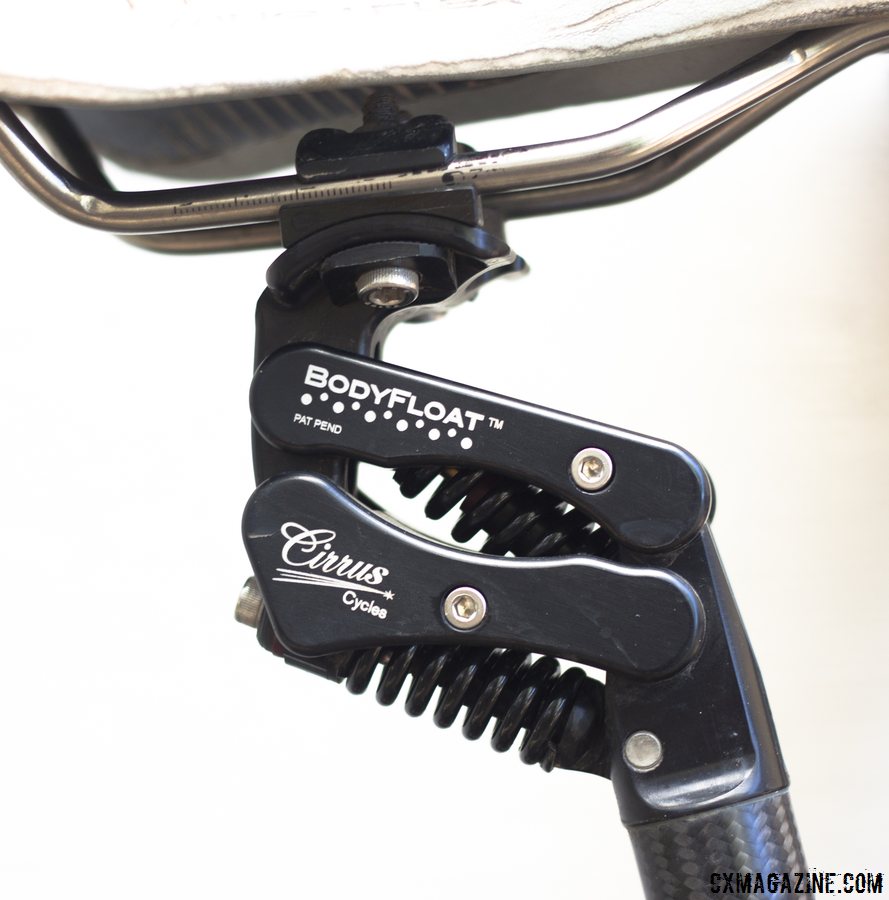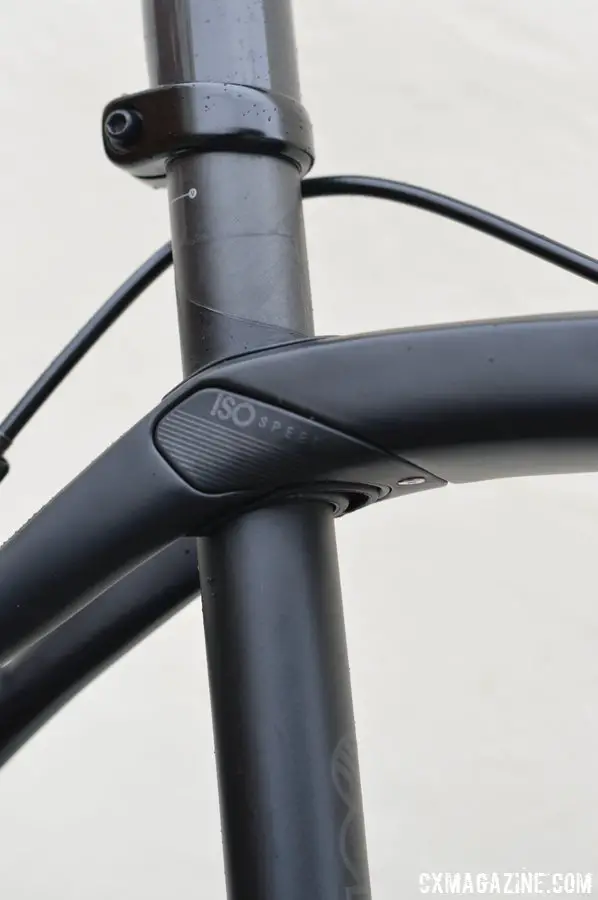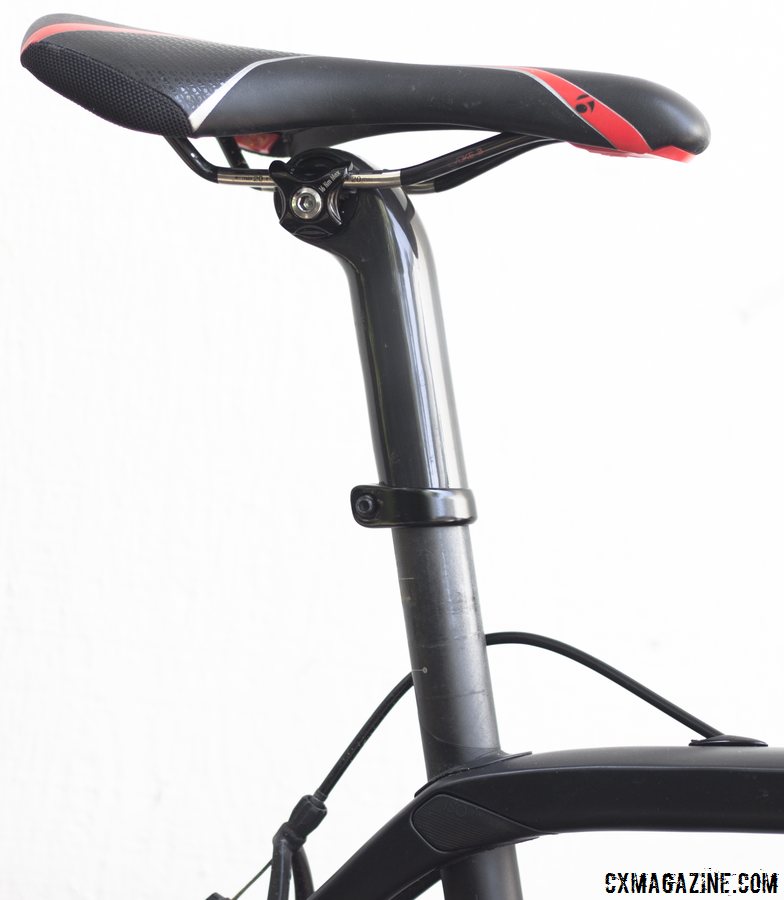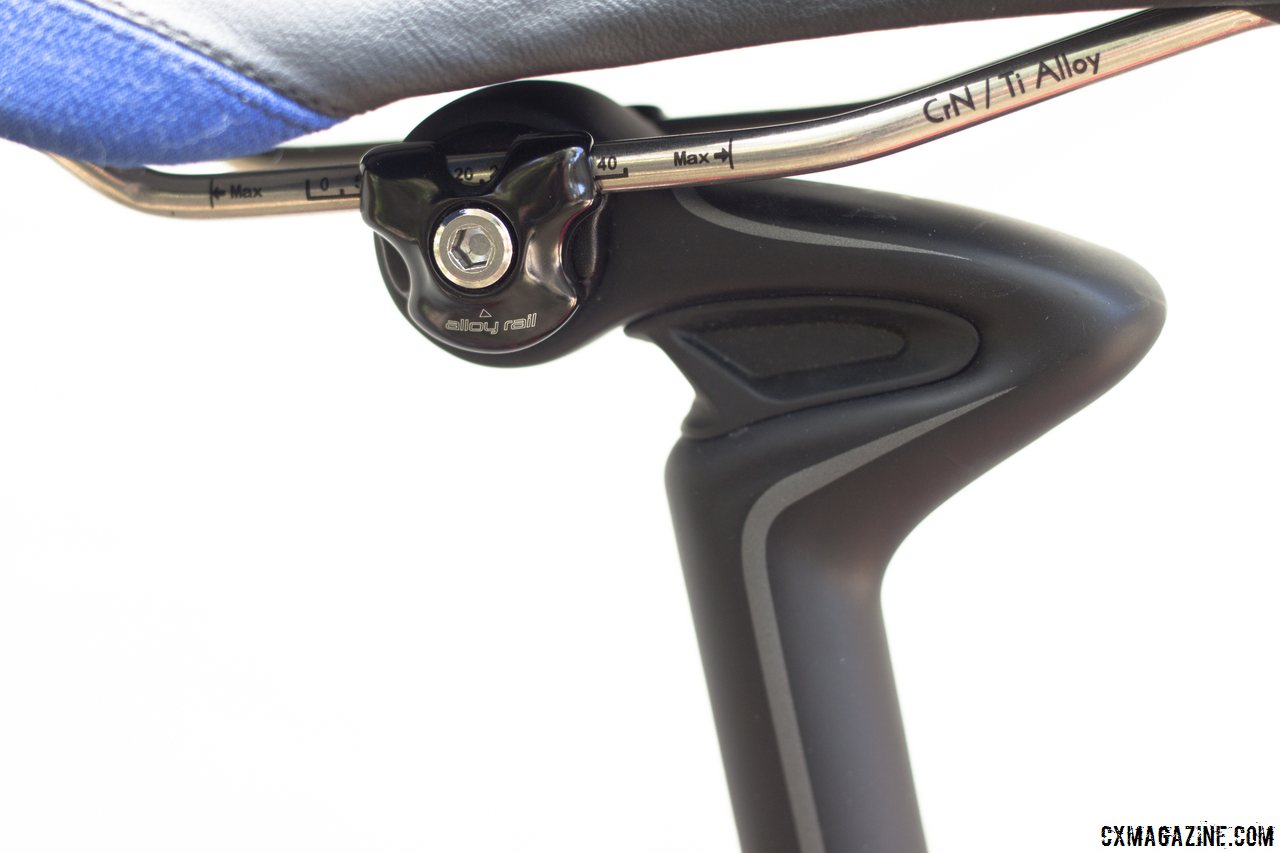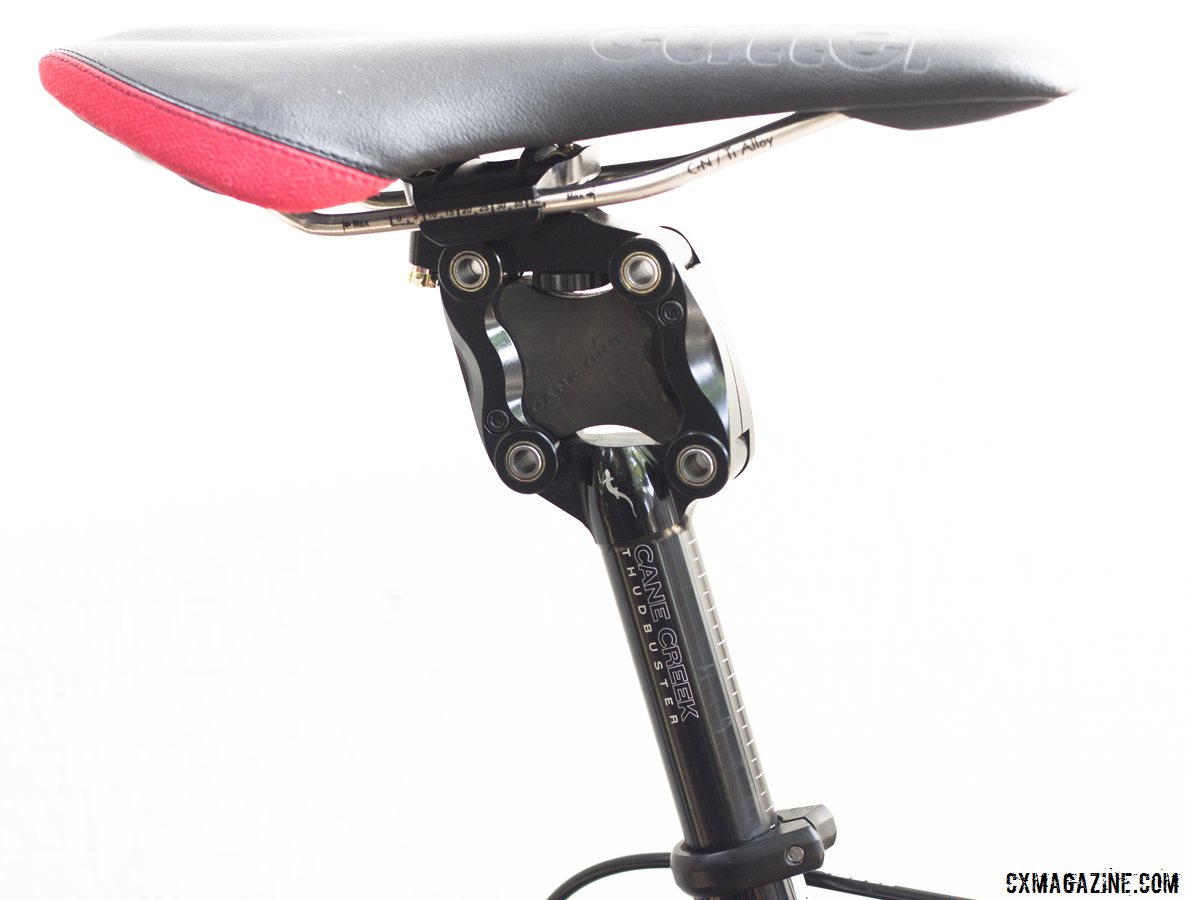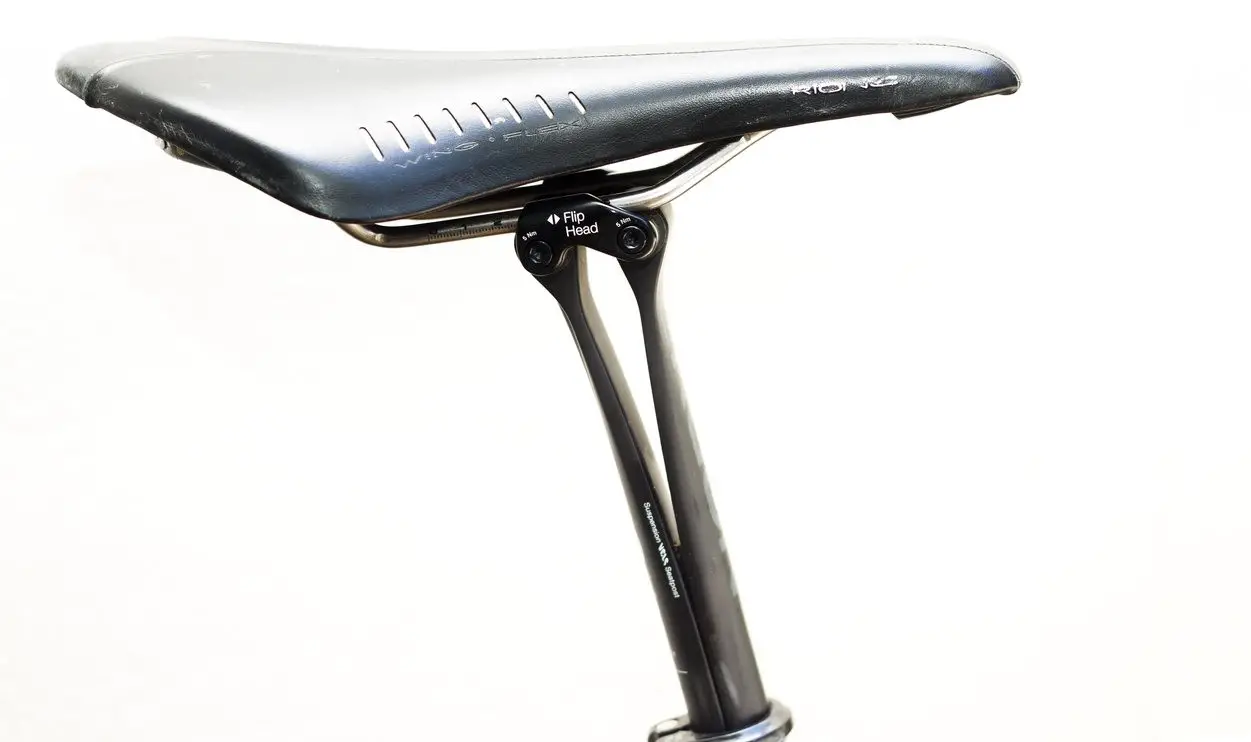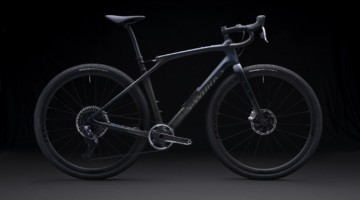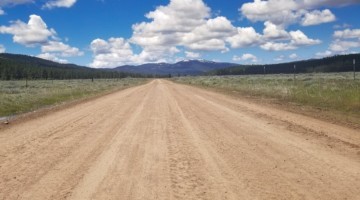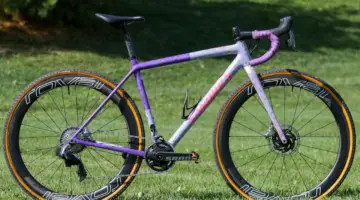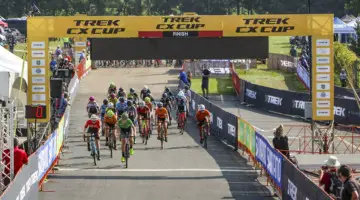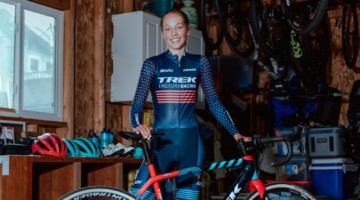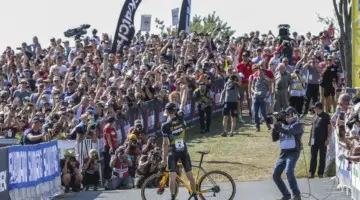If your view of an ideal cyclocross course is either the fast-paced, dry course of CrossVegas or an endless bog of deep muddy pits where you can run your tubular tire pressures almost laughably low, you might cringe at the idea of a suspension anywhere on a cyclocross bike. “Harden up” is the battle cry of many who scoff at the idea of making a short 30-60 minute race more comfortable.
By in large, cyclocross races are moving toward the direction of groomed, grassy courses rather than trailblazers in the wilderness. Still, plenty more incorporate hundreds of roots, rocks, and ruts just begging to toss riders around or cause pinch flats, such as NBX in Warwick, RI or SuperCross’s new Stony Point location just outside New York City.
In an earlier Technique Tuesday, we discussed positioning your body to use your arms and legs to act as a kind of suspension for your torso, which makes up a large percentage of the total rider/bike mass. While the techniques we reveal are ideal, we can also be honest with ourselves: sometimes by the end of a cyclocross race we can’t prevent ourselves from seeing double or keeping saliva from drooling out of our mouths let alone push ourselves out of the saddle.
So to keep the wheels better suited to staying on the ground, some of us might choose to opt for a little help from technology. In Issue 25, we reviewed six suspension setups: two frames and four seatposts. While we gave away many of the juicy details for our review of Cirrus Cycle’s BodyFloat, we only have a sneak peek of the others. For the full rundown, make sure you get your hands on a backorder of Issue 25.
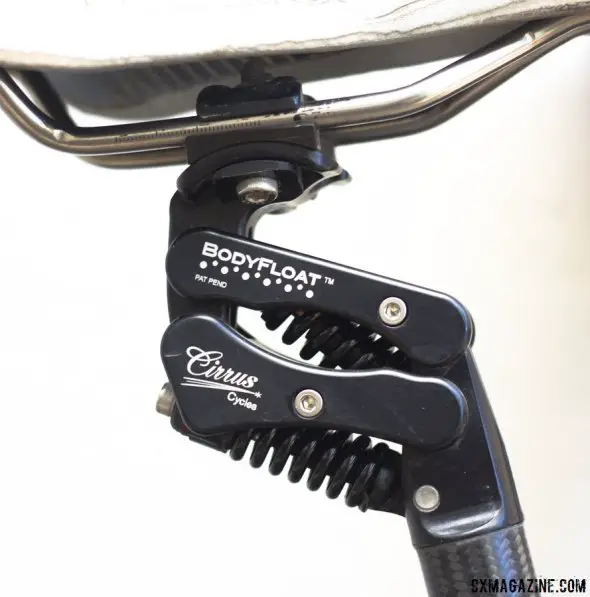
The BodyFloat might come with a higher price tag than the other seatposts we tested, but its adjustability lends it to many cyclocross and gravel race applications. © Cyclocross Magazine
Cane Creek Thudbuster
Cane Creek’s Thudbuster is a timeless suspension seatpost from an era with a lot more competition from companies like Rock Shox, Answer, Tamer and more. The post was different from most when launched because it wasn’t telescoping, and it’s telling that none of the new products we reviewed for this issue are telescoping designs.
At $169, the Thudbuster is the most affordable option in this test, and also is the heaviest at 450g. It has a lot going for it in that it’s adjustable by changing out the elastomer, it holds the saddle securely, including the angle, and comes in seven sizes, as opposed to just the standard 27.2mm offered by most of the other posts.
Ergon CF3 Pro Carbon
If you’re lusting after a Boone but can’t afford a full bike upgrade, Ergon has a lightweight carbon leaf spring seat post that can easily convert your existing ride into a Boone-like ride. The post is comprised of two separate semicircle-profiled carbon tubes that when sandwiched together form a circular post. The two leaf springs can slide against each other to adjust the saddle angle, and are bolted together with a single bolt at the bottom of the post. This one bolt retains the seat clamp angle.
Slide onto the CF3 and hit your rough roads or cyclocross course, and you’ll enjoy some compliance over medium and large bumps that you might encounter on the cyclocross course. Gravel racers who tackle rougher terrain filled with potholes and rocks will appreciate the extra compliance on longer rides, but the maximum travel listed isn’t something you’re likely to see unless you’re a Clydesdale and really slam into things.
Specialized CG-R
The Specialized CG-R post, formerly named CobL-GobL-R, is a carbon leaf spring post that allows you to add a bit of give to your existing ride. Developed as an option for Specialized-sponsored riders for the Paris-Roubaix classic, the odd-looking post is designed to offer up to 18mm of pivot-less travel to soften the rough road or cyclocross course.
While 18mm of travel seems almost impossible to achieve unless you’re a Clydesdale who lands big jumps while seated, the CG-R post feels like it’s the most active of the carbon leaf spring rides we tested (Boone, Ergon). The geometry of the design is such that the travel isn’t as dependent on pedaling force, as it is with the Ergon CF3 post or the Boone, which become more sensitive when you’re pushing against the pedals and pushing the saddle backwards. The downside is that the angle of the movement is also the most noticeable, where the angle of the saddle points up the more the post flexes down.
Trek Boone IsoSpeed
Trek unveiled the Domane road bike with its IsoSpeed Decoupler design in 2012 for Fabian Cancellara for the Spring Classics, and the bike was lauded for its advantage on the rough roads and cobbles. It was only natural that after seeing that bike and its success that Cyclocross Magazine and other cyclocross fans were wondering when a ′cross version would be introduced.
With Katie Compton as a sponsored rider and living legend Sven Nys signed, Trek unveiled its Boone on January 1 of this year with much fanfare at the GP Sven Nys, and the Belgian went on to dominate the race, as Compton did earlier in the day.
The natural question becomes: Is the Boone a noticeable advantage on the race course? Looking at race results, it’s not as if racers who weren’t winning suddenly jumped up a level, and when you sign the best racers in the world, it’s pretty hard to win a lot more.
After her win at the 2014 USA Cycling Cyclocross National Championships, when asked about her Boone, Katie Compton told Cyclocross Magazine, “That course was pretty rough! I can’t imagine what the other women felt.”
Now that we’ve had the chance to spend over a month on a Boone, we have a better sense of the benefits of such a system, and they’re noticeable but subtle. If you’re thinking a Boone will turn your bumpy route into a magic carpet ride, you’ll be disappointed, but if you’re on the heavier side, have a higher seat height (relative to the top tube length) and like a set-back position, you’ll enjoy more travel than someone without those characteristics
Calfee Manta
If you’re expecting all the benefits of a good suspension system, one that’s active while sitting or standing, is tunable and offers bump compliance and improved traction, Calfee has a new, pivot-less metal-sprung carbon frame that’s worth consideration. If you’re used to a full suspension mountain bike, the Manta is the only “suspension” option reviewed here that has a chance to meet your expectations.
The Manta uses a metal spring embedded in a wishbone monostay. There are five different stiffness options in springs, and we tested the middle of the five. The system offers a maximum of 1.2cm of travel, but about a third of that should be taken up by rider sag. The most visually interesting component of the bike is the stainless steel-wrapped carbon tubes that sit under the bottom bracket and form a spring between the chainstays and bottom bracket shell.
Jump on the Manta and you’ll likely notice three things. First, it’s an active system that definitely eats up the small and larger bumps, whether you’re sitting or standing, pedaling or coasting. Second, a smooth pedaling style is rewarded, but you’ll feel some bob if you’re not using one of stiffer springs (for your weight) unless you spin perfectly. And lastly, much more than any of the other systems, you’ll enjoy better traction because the wheel is sprung and doesn’t require a seated rider to maintain good tire-ground contact.
| Specs: | Calfee Manta | Trek Boone: | Specialized CG-R | Ergon CF3 Pro Carbon | Cane Creek Thudbuster ST | BodyFloat™ 3.0 |
| Weight | adds 1-200g | N/A | 259g | 220g | 440-460g | 428g |
| Travel | 1.2cm | 0.6cm | 1.8cm | 1.2cm | 3.3cm | 3.2cm |
| Adjustability | yes, spring change | No | No | No | Yes, change rubber bumpers | Yes, spring and pre-load |
| Post Length | N/A | N/A | 350mm | 330mm | 330mm | 330mm |
| MSRP | $4895 frame | $2299.99 frameset | $200 | $220 | $169 | $395 |
| Web | calfeedesign.com | trekbikes.com | specialized.com | ergon-bike.com | canecreek.com | cirruscycles.com |

